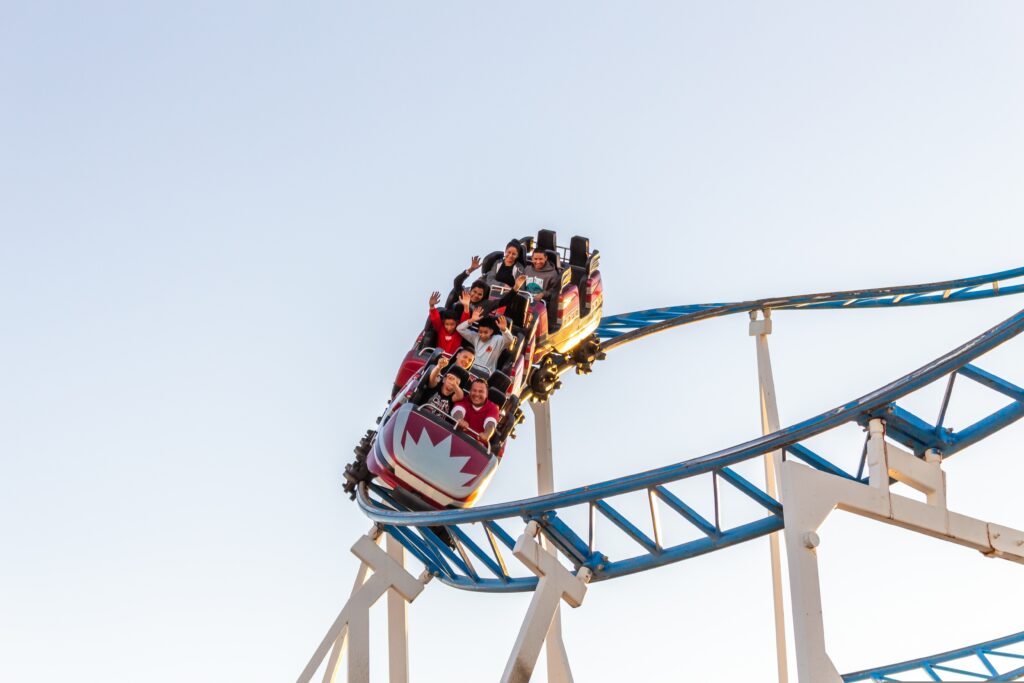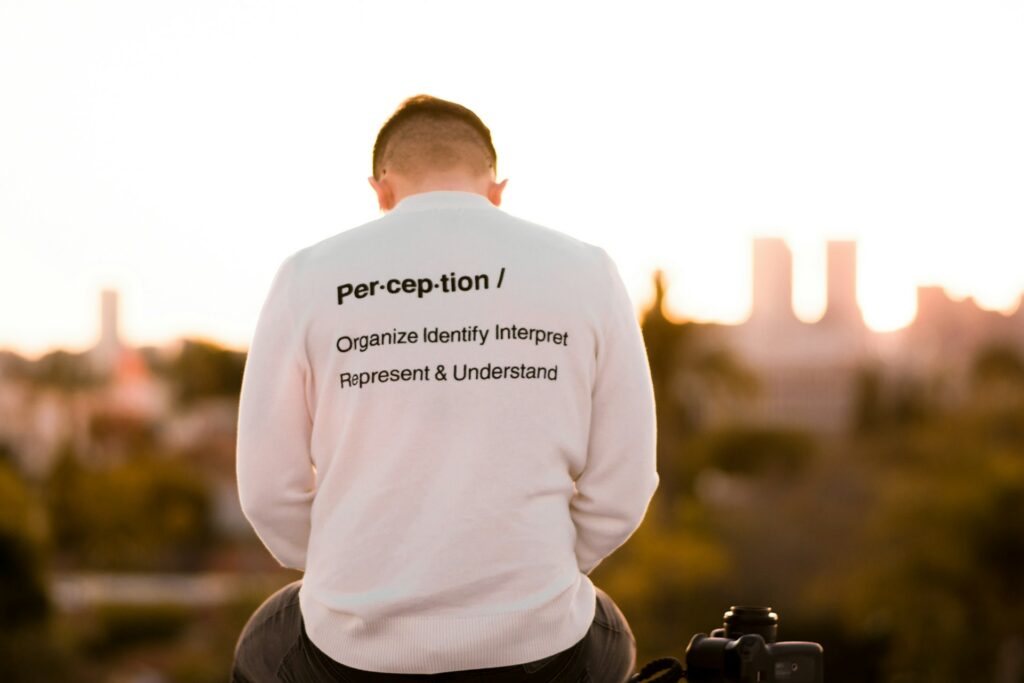What can we learn from science communication? A reading list based on the experiences of the first five years of Oikoplus.
- Relevant target groups may be small.
The success of communication is often measured in reach. Reach is also a hard currency in communication for research and innovation projects. However, science dissemination is often very specific, and it’s small target groups that are particularly relevant for successful project communication. In our Domino-E project, for example, one of the most relevant target groups is the small group of people involved in programming satellite missions for earth observation purposes. This target group is not only small, but it is also not easy to identify the communication channels through which it can be reached. However, the content for this target group is specific enough to be able to assume that the target group will find the relevant content as long as it is easy to find. So we decided to use YouTube as a channel.
- Simplifying does not have to mean trivializing.
The closer you zoom in on a topic, the bigger it becomes. Many topics and issues appear straightforward at first glance, and only on closer inspection do their complexity, depth and multi-layered nature become apparent. Nevertheless, it is not wrong to take a superficial look at a topic first and only delve deeper in the second step. For experts who are extremely well-versed in a particular subject area, it is often difficult to allow this superficial view. They are too aware of the aspects that only become apparent on closer inspection. And that’s why the superficial view feels like a simplification to them, and often like a trivialization. It is important to allow simplification. But it should be correct. Our REACT project, which deals with the control of pest insect species, can be summarized easily: Insects are sterilized so that they can mate with wild-type insects in the wild without producing offspring. The insect population shrinks in the medium term due to the lack of offspring. In this way, agriculture is protected from the pest. Technically, this method involves a great deal of effort. Nevertheless, we have tried to explain the project in as simple and understandable terms as possible.

- The “general public” does hardly exist.
Science communication aims to make research accessible to the general public. This broad public can therefore be found as a target group in the applications and descriptions of many research and innovation projects. However, from a communication perspective, the general public hardly exists. Addressing the public as a whole is damn difficult, or rather: it is impossible. Developing key messages and storytelling approaches automatically involves a selection of target groups. Not everyone finds everything interesting. And if you manage to meet the interests of as many different target groups as possible, that’s already a great communication success. To gain an understanding of how diverse the target groups of our communication in research and innovation projects can be, we have our project partners develop personas in interactive workshops at the start of a project. These are fictitious people who we then use to jointly consider what needs to be done to reach them through our project communication: with which messages, on which channels, when, why, and with what goal in mind? It usually becomes clear quite quickly that the general public is only an auxiliary term that indicates that each project can address many different target groups.
- Never underestimate how exciting any topic can be.
How interesting a topic is sometimes isn’t obvious at first glance. No wonder: not every topic can be perceived as equally exciting, and it always depends on how a topic is presented. You could say that it is the job of science communicators like Oikoplus to ensure that a topic arouses the interest of as many people as possible. That is true. But even those who do science communication, first have to find their very own interest in a topic. This does not always happen straight away, which is why it is part of our work to actively seek out approaches to any given topic in which we recognize the potential to tell a story to a specific target group. We therefore force ourselves to be curious and to think empathetically about what the thematic appeal could be for other target groups. Sooner or later, the penny will drop – and then communication will be much easier.
5. Even those who conduct the most exciting research don’t always like to talk about it.
As a journalist, you sometimes have to worm the information you want to convey out of the interviewees. You have to keep asking questions because the interest in conveying information tends to be one-sided. If you’re not doing journalism, but science communication on behalf of science, then this can also happen. This can be surprising, as one would think that the dissemination of information is in the interest of both the scientists and the public and that in the role of the communicator, one only has to do the mediation work. In practice, however, we have often found that researchers sometimes do not always like to talk about their work and that even basic explanations have to be laboriously elicited from them. There is no simple solution to this problem. It is important to build trust, present your communication work as transparently as possible, and create environments in which insights into scientific work are possible. In some cases, this can be a large video shoot in a laboratory with artificial lighting and large camera equipment, and in other cases, it can be a personal one-on-one conversation. In any case, science communication does not happen by itself, even when the most exciting research is communicated.

6. Quality and quantity.
In science, quality is more important than quantity. In communication, this is sometimes not so clear. When the objectives for project communication are laid down in the applications for research projects, the corresponding KPIs are often set high. After all, a proposal submission should express high ambitions. If it is approved, you then realize that the goals may have been set too high and that publications, press releases, website articles, social media postings, photos, videos, and other project dissemination content can be produced, but that it is not easy to maintain your high-quality standards. High-quality content takes time. In our video series for the REACT project, for example, we try to explain the research project as comprehensively as possible and at the same time as clearly as possible. The first of the explanatory videos can be found here. Producing such videos requires a long and detailed exchange with the researchers involved. This is why dozens of such videos cannot be produced in a project like REACT. This should also be expressed in the objectives at the start of the project.
7. Speed is not everything in communication.
Rome wasn’t built in a day. And also, you have to take time in science communication. In other areas of communication, in journalism, PR, and advertising, speed is often a key quality feature. And there are also moments in science communication when it is important to react quickly. But in general, science communication follows the pace of science. For press relations, for example, this means that you can free yourself a little from the temporal logic of media operations. A research topic does not lose its relevance simply because it is no longer news. If, for example, a research paper was published several weeks ago, it is not pointless from the outset to draw journalists’ attention to the paper. This is a major difference between science communication and some other fields of professional communication work.

- You don’t have to fully understand what you are communicating.
At Oikoplus, we often benefit from the fact that we approach the research projects that we support in terms of communication as laypeople. The fact that we are not experts in urban development, archaeology, crop protection, satellite technology, or the energy transition has helped us to ask the right questions in the projects that we implement in these areas. After all, the fact that we don’t immediately understand the methods and innovations of our projects is something we have in common with our target groups. This is not to be understood as a hymn to trivialization. Of course, it helps to familiarize yourself with the topics that are being communicated. But you also don’t have to be afraid to bring your expertise, namely communications expertise, to projects that you initially have no idea about. Don’t be afraid of rocket science. Even rocket scientists are sometimes dependent on communication experts.
- Think globally, act globally.
To make an abstract topic accessible, it is often linked to a manageable aspect of people’s everyday lives. This is a common method in journalism. To draw attention to the consequences of global climate change, for example, changes to the ecosystem are described at a local level. This creates relatability. We wrote about this in Reading List #010. So far, so useful. In our communication for European and global research projects, we sometimes lack this local or everyday level. We design communication for international target groups – after all, research is international too. The slogan “think globally, act locally” therefore often becomes “think globally, act globally” for us. In concrete terms, this means that science communication cannot always respond to the needs of different local target groups. This is where translations into dozens of different languages and a lack of mobility alone can lead to failure. Science communication takes place on an international level. As a science communicator, you often have to trust that the topics you are communicating about will find their target groups – not the other way around.
10. Curiosity is the best driver of communication.
If you ask us at Oikoplus what drives us, the answer is easy. It is curiosity. In German, the word for it (Neugier) is derived from the greed (Gier) for something new (Neu). We took a critical look at this in one of our last reading lists. We understand curiosity as the constant interest in new experiences, insights, and perspectives. We see it as a great privilege of science communication that we can constantly learn something new in our work, and it even largely consists of this. We enjoy doing it.


